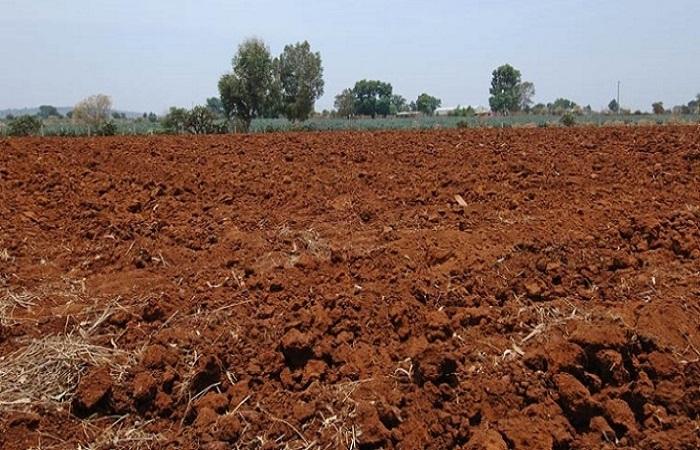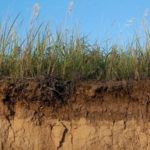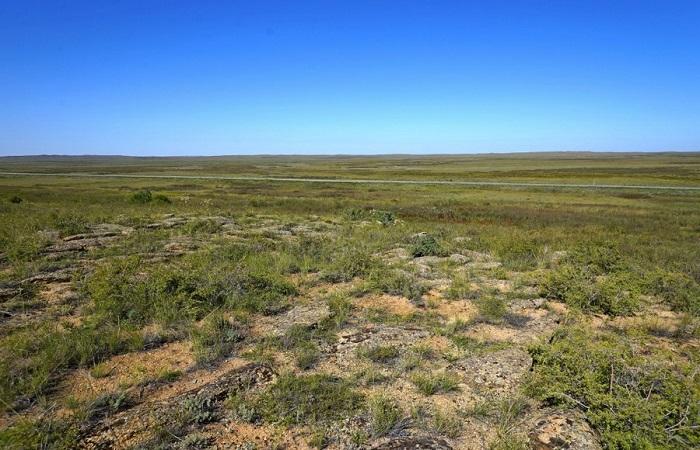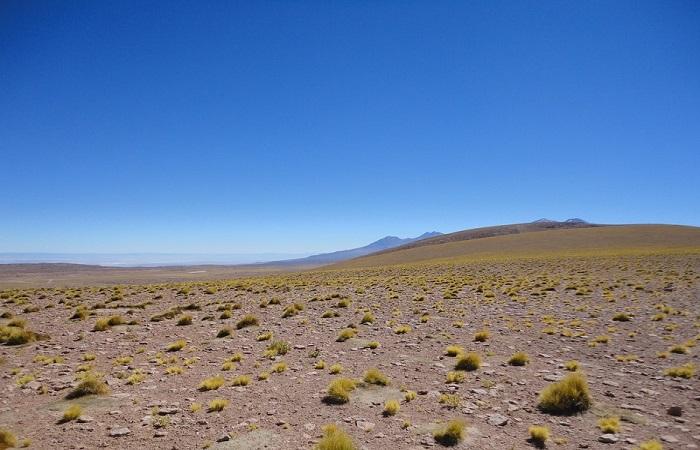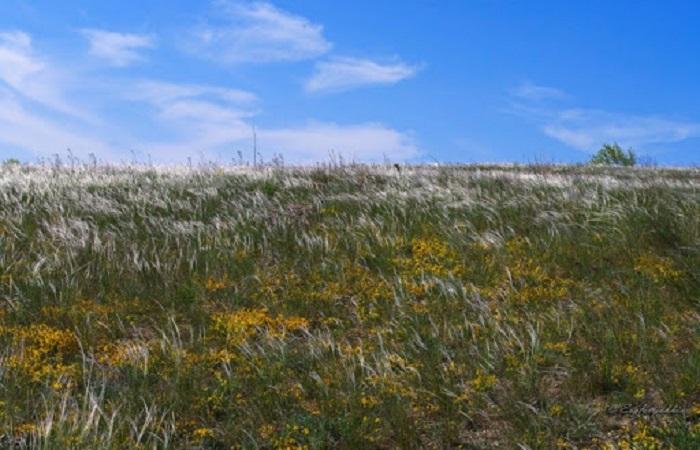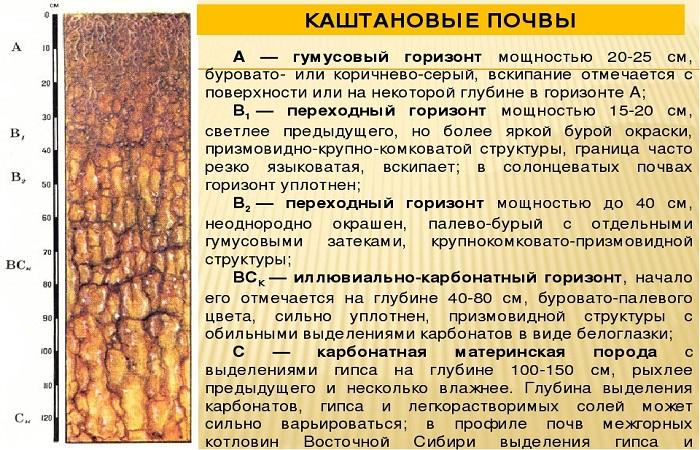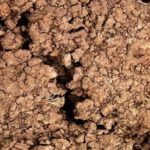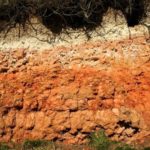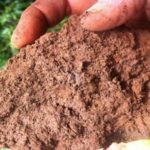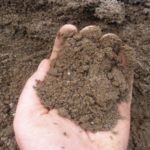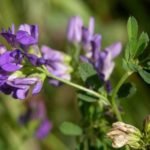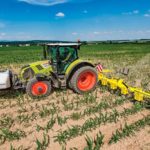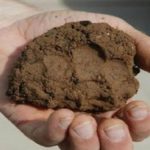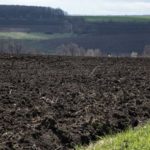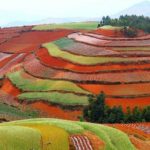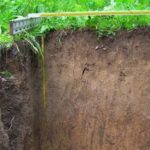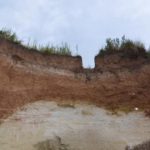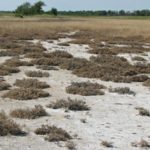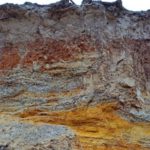Chestnut soil types are found in arid steppes and semi-deserts located in the temperate zone. They are lighter than black soils and can have a chestnut, dark chestnut or light chestnut tint. The color of the soil is due to the lower humus content. The share of this substance is 1.5-4.5%. This type of soil is formed on loess, carbonate sand, and alluvium. Areas with these soils are characterized by a sharply continental arid climate.
Peculiarities
Such soils are found in dry steppes, where chernozems predominate. These are mainly large strips that run from the western part of Altai. In the eastern regions the number of such soils is much smaller. They are found only in the lowlands in the form of isolated areas.
These soils are common in the steppes of eastern Transbaikalia, in the south of the West Siberian Plain. They are also found in the hilly areas of Kazakhstan, Astrakhan region, and Dagestan. The south of Ukraine is also considered to be the geographical location of the chestnut lands.
The granulometric composition of this type of soil is characterized by some features. They are high in salt. This is due to the ability of soils to absorb sodium.
The silt part, as a rule, is uniformly distributed along the soil profile. However, with different degrees of salinity, it can shift from the upper layer to the lower structures.
Compared to fertile black soil, chestnut soils contain less humus. Its layer is no more than 40-55 centimeters. This is why soils are brown in color. The structure of this soil has clearly defined horizons. The top contains more humus. The layer located underneath is considered transitional and contains much less humus.
Then there is another transition horizon, which is distinguished by lumpy and flat fractions with a rough structure. Below there is a structureless, high-density illuvial-carbonate layer. At depth it transforms into parent rock.
Natural conditions of soil formation
The process of soil formation depends on the influence of many factors. These include climatic conditions, relief, vegetation.
Climate
Chestnut soils are formed in dry steppe zones.They have a continental climate. In winter, this area experiences low temperatures and an insignificant layer of snow. Summer is considered very dry.
Of particular importance is the effect of the anticyclone on noticeable radiative cooling in winter. The zones of formation of chestnut soils are characterized by uneven precipitation. The close location of groundwater contributes to the moistening of only the upper layers. At the same time, high evaporation leads to moisture deficiency in the lower structures. The moisture coefficient of this type of soil is 0.25-0.45.
Relief and soil-forming rocks
The structure of chestnut soils depends on the topography. It is mostly flat. However, it is almost always supplemented by estuaries, depressions and depressions. Therefore, the composition of the soil and the humus content in it may differ.
It is important to take into account the microrelief - the state of the top layer of the earth. This parameter is closely related to plant and zoological communities.
Vegetation cover
Vegetation affects the structure of soils. When one variety is replaced by another, new conditions for soil formation are formed as the process changes. This process is characterized by zonal features. In this case, steppe vegetation most often replaces forest vegetation, which provokes leaching and soil degradation.
As a result, the formation of chestnut soils occurs under the complex influence of many factors.It is associated with an arid, warm climate, the annual death of plants, and enrichment with various substances and salts.
Profile structure and classification
Chestnut soils are widespread. They have a characteristic profile structure, which includes the following components:
- A - is a humus horizon, the thickness of which is 15-30 centimeters. It is characterized by a dark gray or chestnut color, as well as a lumpy structure.
- B1 is a transition horizon that has a thickness of 10-25 centimeters. It is distinguished by a richer brown color and dense structure.
- B2 – is a transitional horizon with uneven color. On a brown background there are stains and streaks of humus. It is characterized by a lumpy-prismatic structure.
- VSK is an illuvial-carbonate horizon, the thickness of which is 40-50 centimeters. This layer is characterized by a yellow-brown or yellow color and high density.
- SS is a parent rock with gypsum deposits. It begins at a depth of 110-200 centimeters and has a looser and more moist structure.
Clayey
The main characteristic of such soil is considered to be high clay content. The soil is highly plastic and rolls into a rope and ring. Such soil is not suitable for plants because it hardly allows water and air to pass through.
Heavy loamy
These types of soil are characterized by high cohesion and moisture holding capacity. They are well supplied with nutrients and contain quite a lot of humus. At the same time, it is difficult to cultivate such lands.
Medium loamy
They contain approximately 60% clay and 40% sand. They contain many minerals and beneficial plants.Thanks to this, such soils are suitable for the cultivation of many plants. Such soil is considered permeable and easily saturated with oxygen.
Light loamy sandy loam
Such soils are easy to process, which is why they are called light. They are distinguished by excellent water permeability and favorable air conditions. Also, these lands are heating up quickly. At the same time, light soils also have disadvantages - first of all, low moisture capacity.
Sandy
These soils are light and have excellent water permeability. They allow air to pass through well, but have low moisture capacity. Therefore, plants that grow in such soil experience moisture deficiency. Another disadvantage is the susceptibility to erosive processes.
Where is it used?
Chestnut-type soils are characterized by the presence of very sparse and low-growing vegetation. In most cases, there are xerophytic plants that are adapted to survive in critical conditions of heat and moisture deficiency.
In nature, the vegetation of chestnut formations is considered relatively poor. Fescue, wormwood, feather grass and grasses, which are resistant to unstable moisture, grow well on them.
However, with proper irrigation, the economic use of such soils can be very successful:
- Light chestnut soils and soils with a high content of solonetz are suitable for the cultivation of sweet clover, alfalfa, and wheatgrass - herbaceous crops that are resistant to salt and drought. Livestock is grazed on such lands. With proper application of fertilizers, soil fertility can be significantly increased.
- Dark chestnut soils are more fertile. You can grow any vegetable plants, garden and melon crops on them.Such lands are suitable for the cultivation of corn, sunflower, and millet. Durum wheat varieties can also be planted here.
For farming on chestnut soil types to be successful, they need to be properly fertilized. With additional irrigation, it is worth using compounds with a high content of phosphorus, potassium and nitrogen. If there is no watering, you can add some phosphorus supplements.
Flaws
To successfully use chestnut soils in agriculture, it is necessary to add mineral and organic preparations to them. Light chestnut soils are not suitable for growing crops. They are more often used for pastures. They contain little humus and hardly allow moisture to pass through. Another disadvantage of such soils is the tendency to accumulate many harmful compounds.
Chestnut soils are considered quite fertile and can be used for agricultural purposes. However, for this they need to be properly irrigated and fed.

